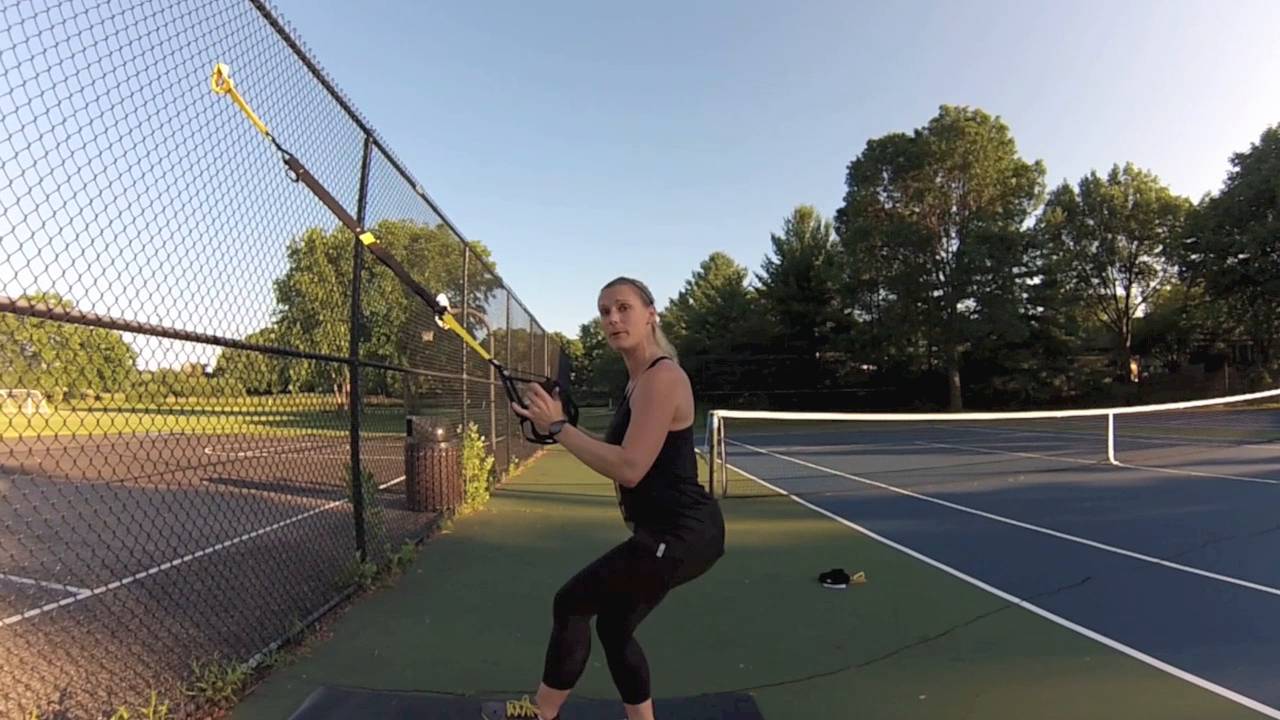In Part 1 and Part 2 of this series on high intensity interval training (HIIT), world-renowned strength and conditioning coach Mike Boyle explains the "why" and "how" behind interval training. Ready to find the perfect HIIT workout for your fitness level? Take our quick assessment quiz to get personalized interval training recommendations tailored to your goals.
TAKE OUR TRAINING QUIZ
Here, he provides his recommendations for work to rest ratios when performing interval training and then he looks at various interval training modes, including the one he finds most effective (the image below is a clue).
The Problem with Formulas
At least 70 percent of the population does not fit into our age-old theoretical formulas for measuring heart rate. The 220 minus age formula is flawed on two key points: 1) it doesn't fit a significant portion of the population, and 2) it is not based on research. Even the developer of the now-famous formula admits that his thoughts were taken out of context. The more accurate method is called the Heart Rate Reserve Method or Karvonen formula, which looks like this:
(Max HR- Resting HR) x % + RHR = THR
For example: (200-60) x .8 + 60 = 172
The key to the Karvonen formula is that it looks at larger measures of fitness by incorporating the resting heart rate and is therefore less arbitrary. However, the 220 minus age formula will suffice for establishing recovery heart rates.
Interval Training Basics
The longer the interval, the shorter the rest period as a percentage of the interval. In other words, short intervals have a high muscular demand and will require longer rests when viewed as a percentage of the interval. Fifteen second intervals will need at least a 2:1 rest to work ration. Three to one will work better for beginners.
I recommend the following work to rest ratios for intervals:
- 15 seconds work : 45 seconds rest for beginners (3:1); for more advanced athletes, 30 seconds rest (2:1)
- 30 seconds work: 1:00 to 1:30 rest (3:1 or 2:1)
- 1:00 work: 1:00 to 2:00 rest (2:1 or 1:1)
Just remember, as the intervals get longer, the recovery time (as it relates to the interval) may not need to be as long. In other words, a 15 second sprint may require 30 to 45 seconds rest, but a two minute interval may only need to be followed by a two minute rest.
Aerobic Intervals?
The biggest benefit of interval training is that you can get a tremendous aerobic workout without the boredom of long steady state bouts of exercises. In fact, you can get superior benefits for both fitness and fat loss by incorporating interval training. If the heart rate is maintained above the theoretical 60 percent threshold proposed for aerobic training, then the entire session is both aerobic and anaerobic.
This is why my athletes do almost no "conventional" aerobic training. All of our aerobic work is a by-product of our anaerobic work. My athletes or clients can get their heart rate in the recommended aerobic range for 15 to 20 minutes, yet in some cases, they do only three to minutes of actual work.
Modes of Interval Training
Although most people visualize interval training as a track and field concept, our preferred method of interval training is the stationary bike.
Although I think running is the theoretical "best" mode of training, the facts are clear. Most Americans are not fit enough to run. In fact, statistics estimate that 60 percent of those who begin a running program will be injured. In a fitness or personal training setting, that is entirely unacceptable. Females, based on the genetics of the female body (wider hips, narrower knees) are at potentially even greater risk. Physical therapist Diane Lee says it best in her statement, "You can't run to get fit. You need to be fit to run."
Interval training can be done on any piece of equipment including the TRX Suspension Trainer. One of the most expeditious choices, in my opinion, is a dual action bike like the Schwinn AirDyne. The bike allows, in the words of performance expert Alwyn Cosgrove, "maximum metabolic disturbance with minimal muscular disruption." In other words, you can work really hard and not injure yourself on a stationary bike.
Fit individuals can choose any mode they like. In my mind, the worst choice might be the elliptical trainers. Charles Staley, another noted training expert, has a concept I believe he calls the 180 Principle. Staley advocates doing exactly the opposite of what you see everyone else in the gym doing. I'm in agreement.
Walking on a treadmill and using an elliptical trainer seem to be the two most popular modes of training in a gym. My conclusion, supported by Staley's 180 Principle, is that neither is of much use.
Research continues to mount that interval training may improve fitness better than steady state work. The big key is not what to do any more but, how to do it. For maximum effect, get a heart rate monitor and go to work.
One warning. Deconditioned clients may need three weeks to a month of steady work to get ready to do intervals. This is OK. Don't kill a beginner with interval training. Begin with a quality strength program and some steady state cardiovascular work. The only good use for steady state work in my mind is preparing an athlete or client for the intervals to come.
Mike Boyle is co-owner and content editor for strengthcoach.com, one of the world’s leading resources for performance enhancement information. He is Strength and Conditioning Coach with the US Gold Medal Olympic Teams in Women’s Soccer and Women’s Hockey and also for the Ice Hockey team at Boston University. The author of Functional Training for Sports and Designing Strength Training Programs and Facilities, Mike has appeared in well as over 20 instructional DVDs. He currently owns and operates Mike Boyle Strength and Conditioning, one of the nation’s first and most successful private strength and conditioning companies.



